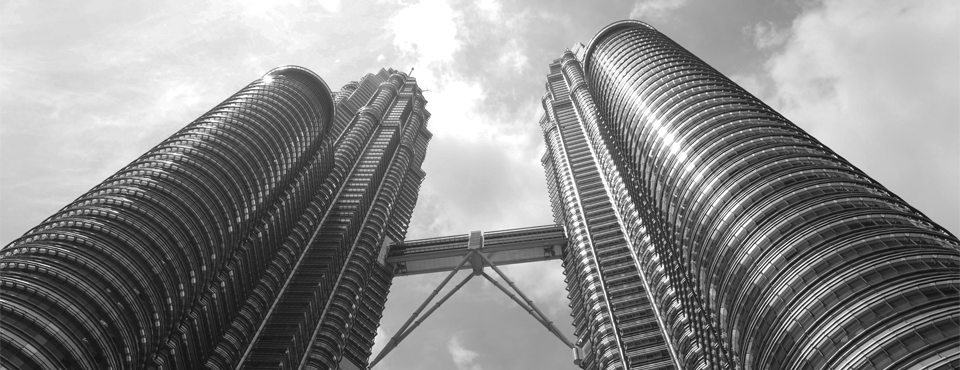
The economics of skyscrapers
Edited repost from “The Economics of Skyscrapers” by Max Nathan (LSE)
7 out of 10 tallest buildings in the Netherlands are constructed after 2000, suggesting that skyscrapers become an increasingly common sight in Dutch cities. And the Netherlands isn’t alone. According to Council on Tall Buildings and Urban Habitat, there were 602 buildings higher than 200 metres around the world in Spring 2011, compared with 258 in 2000 and just 146 a decade before.
Very tall buildings thrust themselves into the public eye. Not surprisingly, therefore, skyscraper debates tend to be about the aesthetics or the psychology. The latest glass box is either a ghastly eyesore or a gleaming symbol of modernity and global ambition. Or it’s a visible manifestation of the developer’s ego/insecurities (think – anything built by Donald Trump).
We know rather less about the economics. Do firms pay to be in skyscrapers because very tall buildings make them more productive? Or just because they want the kudos of the hot address in town? As economists would say – is it an agglomeration effect or a landmark/view effect?
A recent paper sheds useful light on these issues. Hans Koster and colleagues at VU University, Amsterdam take a detailed look at how building height affects office rents. Firms pay more to locate in skyscrapers. With some clever econometrics, Koster and co untangle why.
In theory, there are two reasons for this ‘rent premium’. First, workers may be more productive in skyscrapers. By clustering workers together, it’s easier to meet face to face. Skyscrapers also have their own restaurants, gyms and cafes – all of which help people meet, do business and exchange ideas, both within teams and between firms. Not surprisingly, the typical tenants in tall buildings are business service firms, for whom face to face contact and local knowledge spillovers are very important.
Second, managers may simply prefer the prestige of a landmark address – and even if it confers no direct productivity benefits, the landmark effects may bring clients in through the door, and help the firm hire from a bigger pool of talent.
Third, skyscrapers may offer astonishing views to its workers.
The researchers test these ideas with data for buildings in three Dutch cities, Amsterdam, Rotterdam and Utrecht (average height 29 metres). They’re able to control for a lot of other factors affecting rents, and make use of information on the local historic built fabric to identify the causal link from height to rent.
The results suggest that firms are willing to pay around four percent more to locate in a building that’s 10 metres taller. The 1% of buildings 100 metres or more are 40% more expensive than the 40% of buildings less than 20 metres high. There’s little effect for the majority of offices in between.
This non-linear relationship suggests that agglomeration benefits tend to diminish with height, but a landmark/view effect then kicks in for buildings 90 metres high or more. The researchers estimate this as 3-5.5% of rents for 140-meter skyscrapers. It it shown that it is unlikely that this effect is fully due to stunning views, implying that there is a landmark effect.
In turn, this may tell us something useful about skyscraper psychology and aesthetics. Ego-driven as they may be, developers like Donald Trump are providing tenants with something that helps them perform better, as well as look better. And from the developers’ point of view, maximum height restrictions – which are in effect in Holland – lead to the under-provision of skyscrapers. Of the dutch cities studied, Amsterdam has the highest ‘regulatory tax’ and – on an economic basis – would benefit from more tall buildings. Assessing whether the amenity and tourism benefits of the existing skyscape outweigh these height benefits is less straightforward, of course.
Click here for the published paper.
